Pleco catfish l201 - Hypancistrus contradens
Scientific name: Hypancistrus contradens
Common name: Pleco catfish l201
Family: Loricariidae
Usual size in fish tanks: 11 - 14 cm (4.33 - 5.51 inch)
014
Recommended pH range: 6.5 - 7.7
Recommended water hardness: 7 - 15°N (125 - 267.86ppm)
0°C 32°F30°C 86°F
Recommended temperature range: 25 - 28 °C (77 - 82.4°F)
The way how these fish reproduce: Spawning
Where the species comes from: South America
Temperament to its own species: peaceful
Temperament toward other fish species: peaceful
Usual place in the tank: Bottom levels
Origin
The Pleco Catfish L201 hails from South America, specifically found in the waterways of Venezuela.
General Care
Like many pleco species, these fish thrive in aquariums with some water movement. A gentle current helps keep them healthy and content. You can create this flow by using small powerheads or by positioning the outlet pipes of your filters to direct the water effectively.
It's important to provide plenty of hiding spots in the tank. Items like driftwood, bogwood, or even terracotta pots turned on their sides work well. Plecos are sensitive to poor water conditions, so make sure to do large water changes weekly and maintain high oxygen levels. Pointing powerheads toward the surface can boost oxygen by improving gas exchange.
These plecos should only be kept with peaceful tank mates. They do not handle aggression well, and stress from hiding can lead to health problems.
Food and Feeding
The Pleco Catfish L201 is primarily a carnivore. They enjoy meaty foods like bloodworms and brine shrimp, but they will also eat quality flakes or wafers. While meaty foods should make up most of their diet, they also benefit from some vegetable matter and spirulina flakes for balanced nutrition.
Sexing
Male Pleco Catfish L201s develop teeth-like growths on their pectoral fins, especially noticeable during spawning season. An easy way to tell males from females is by looking at them from above - the female’s body is stockier and may have less vibrant coloration compared to the male.
Breeding
Hypancistrus contradens are cave spawners, so adding pipes or artificial caves to the breeding tank can help. The male takes care of the eggs once laid, and they typically hatch in about 14 days. After the fry are released, they can be fed newly hatched brine shrimp.
Lifespan
Hypancistrus contradens have an expected lifespan of around 10 years.
Short Description
Like other catfish, Pleco Catfish L201 need plenty of hiding spots since they are more active in the evening than during the day. As they mature, they can become territorial with their own kind. To avoid crossbreeding in the aquarium, it’s best to keep them with only their own species and not mix them with other pleco varieties.
Pictures
Bought by aqua-fish.net from jjphoto.dk.













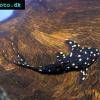 Adonis
Adonis  Lyre
Lyre 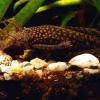 Bristlenose
Bristlenose 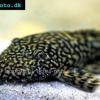 Gold
Gold  Bushymouth
Bushymouth  Spotted
Spotted  Medusa
Medusa  Bristlenose
Bristlenose 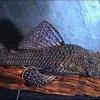 Starlight
Starlight 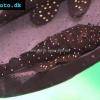 Spotted
Spotted  Catfish
Catfish  Bushynose
Bushynose 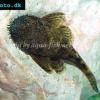 Bristlenose
Bristlenose  Green
Green 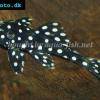 LDA-33
LDA-33 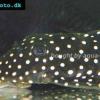 Snowflake
Snowflake 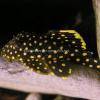 Gold
Gold 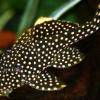 Gold
Gold  Bulldog
Bulldog  Dasyloricaria
Dasyloricaria 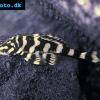 Butterfly
Butterfly 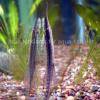 Whiptail
Whiptail 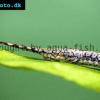 Amazon
Amazon  Twig
Twig 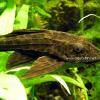 Spotted
Spotted 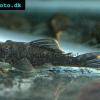 Spotted
Spotted 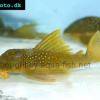 Lemon
Lemon 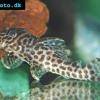 Peruvian
Peruvian 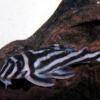 Zebra
Zebra 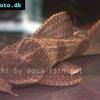 Pleco
Pleco 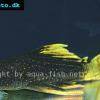 Hypostomus
Hypostomus 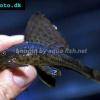 Pleco
Pleco 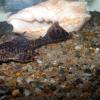 Suckermouth
Suckermouth  Spotted
Spotted  Woodeating
Woodeating  Golden
Golden  Sultan
Sultan 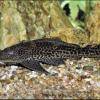 Multiradiatus
Multiradiatus  Marbled
Marbled 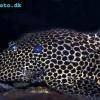 Pleco
Pleco 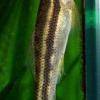 Dwarf
Dwarf 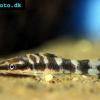 Dwarf
Dwarf 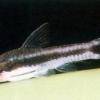 Dwarf
Dwarf 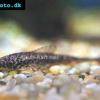 Oxyropsis
Oxyropsis 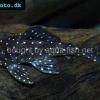 Orange
Orange 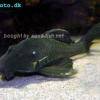 Blue
Blue 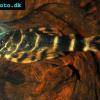 Clown
Clown 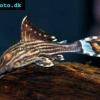 Royal
Royal 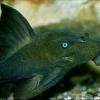 Blue
Blue 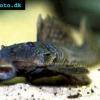 Rubber
Rubber  Goby
Goby 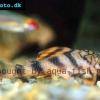 Wormline
Wormline  Para
Para  Tiger
Tiger 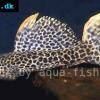 Leopard
Leopard 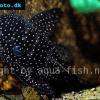 Spiny
Spiny 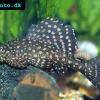 Marbled
Marbled 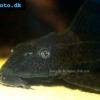 Amazon
Amazon  Common
Common 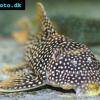 Sunshine
Sunshine  Golden
Golden